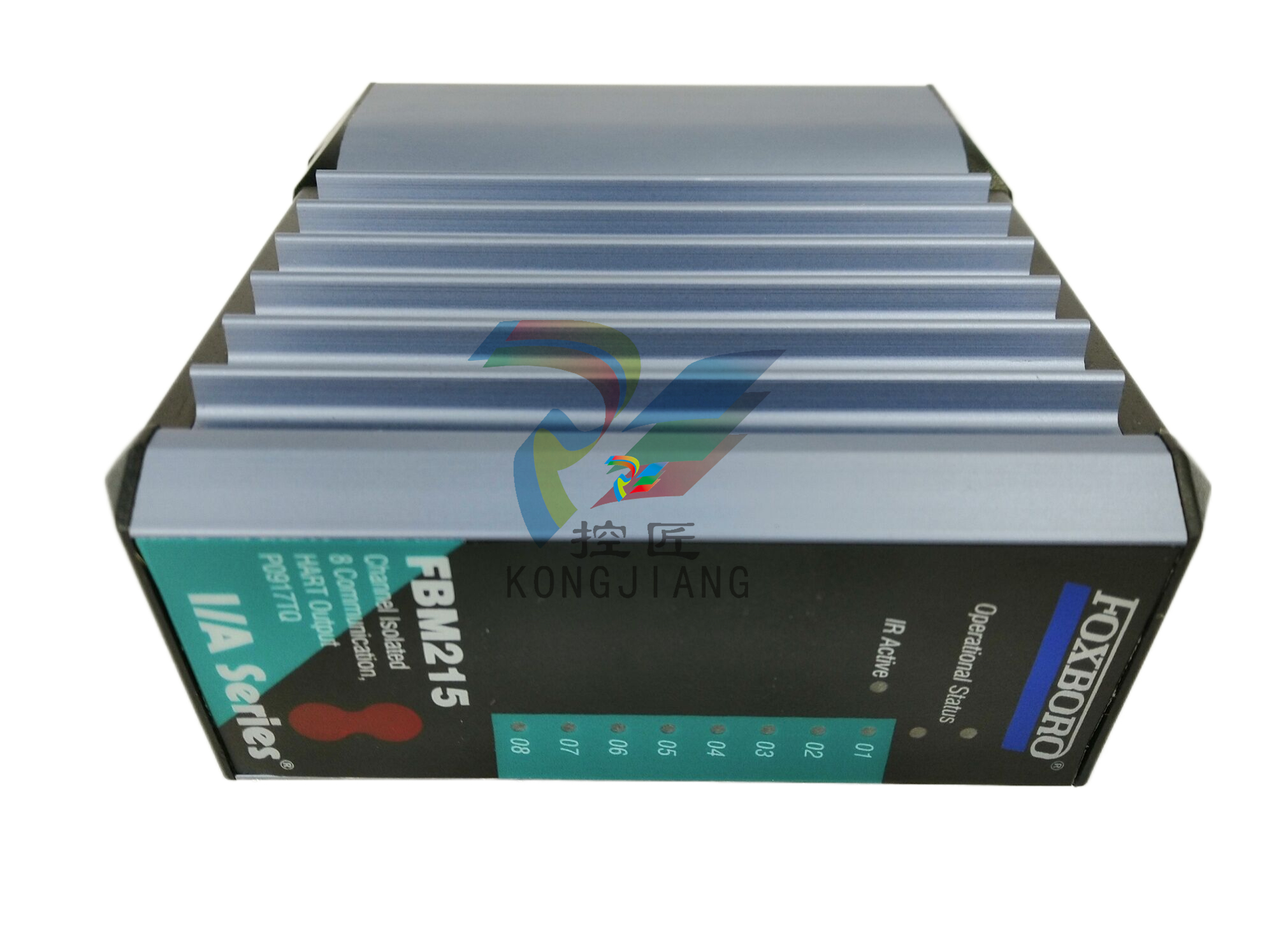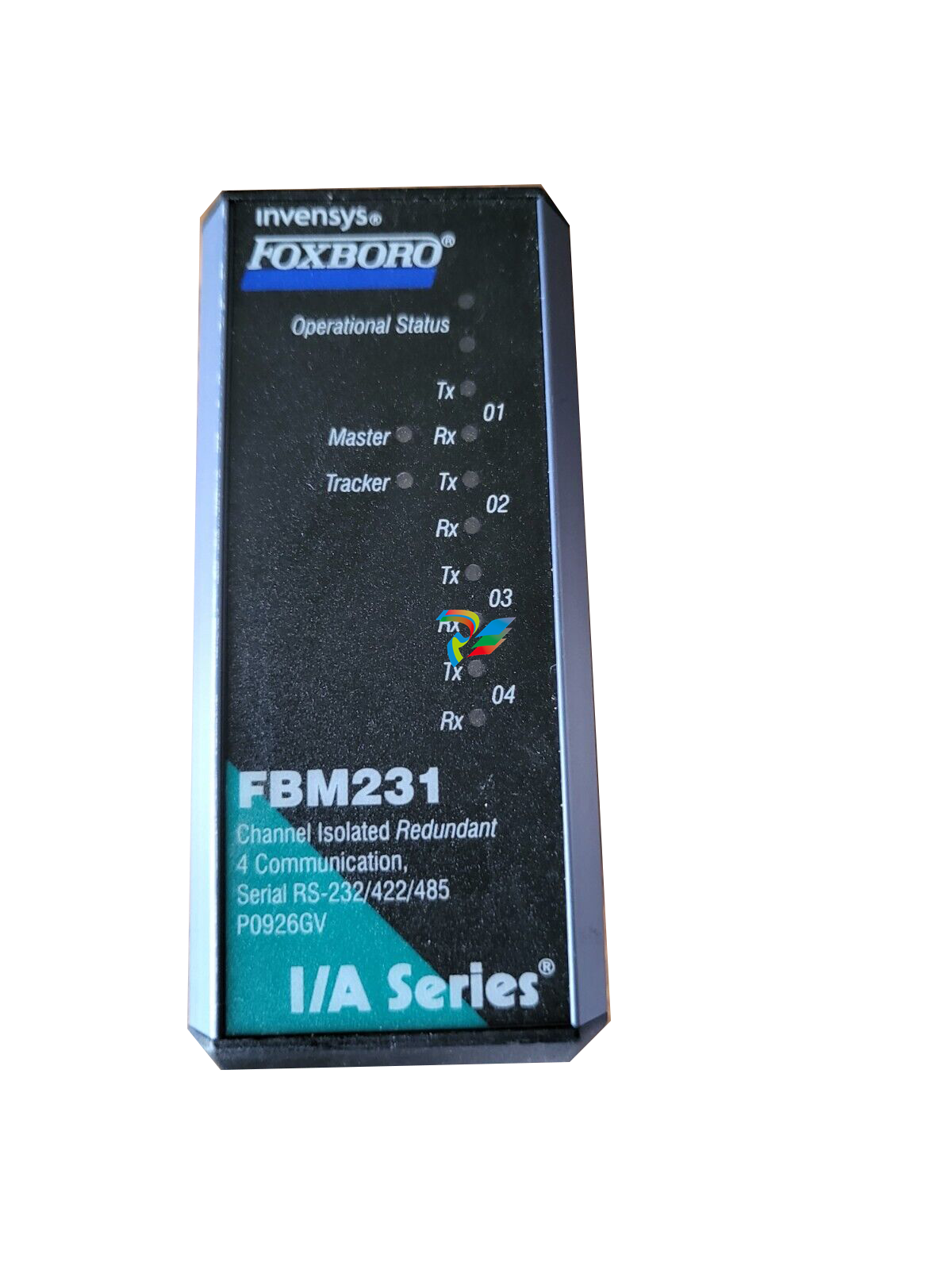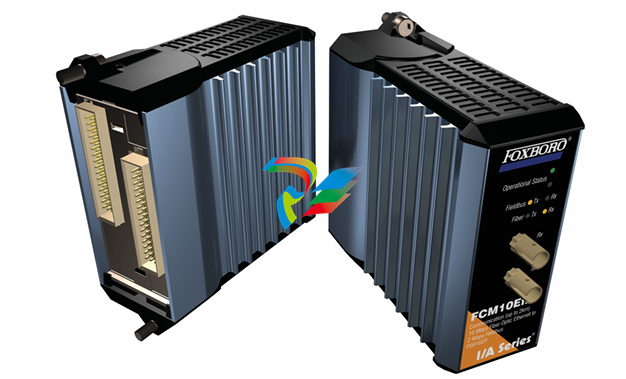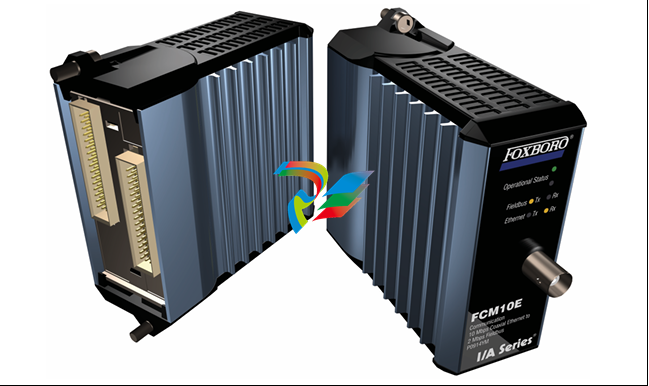
A-BSLC 5/01 and SLC 5/02 Modular Processors
mportant User Information
Solid state equipment has operational characteristics differing from those of electromechanical equipment.
Safety Guidelines for the Application, Installation and Maintenance of Solid State Controls (Publication
SGI-1.1 available from your local Rockwell Automation sales office or online at
http://www.literature.rockwellautomation.com) describes some important differences between solid state
equipment and hard-wired electromechanical devices. Because of this difference, and also because of the
wide variety of uses for solid state equipment, all persons responsible for applying this equipment must
satisfy themselves that each intended application of this equipment is acceptable.
In no event will Rockwell Automation, Inc. be responsible or liable for indirect or consequential damages
resulting from the use or application of this equipment.
The examples and diagrams in this manual are included solely for illustrative purposes. Because of the many
variables and requirements associated with any particular installation, Rockwell Automation, Inc. cannot
assume responsibility or liability for actual use based on the examples and diagrams.
No patent liability is assumed by Rockwell Automation, Inc. with respect to use of information, circuits,
equipment, or software described in this manual.
Reproduction of the contents of this manual, in whole or in part, without written permission of Rockwell
Automation, Inc., is prohibited.
Throughout this manual, when necessary, we use notes to make you aware of safety considerations
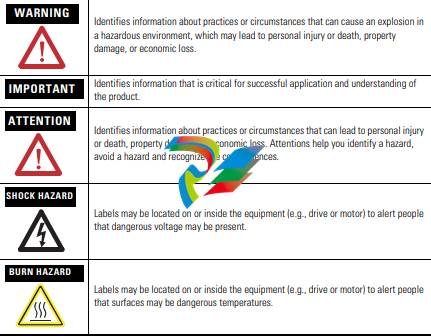
Never install, remove, or wire any module while power is applied.
Also, do not expose processor modules to surfaces or other areas
that may typically hold an electrostatic discharge.
IMPORTANT Refer to page 12 for information on proper battery handling,
storage, and transportation.
WARNING • Substitution of components may impair suitability for Class I,
Division 2.
• Do not replace components or disconnect equipment unless
power has been switched off or the area is known to be
non-hazardous.
• Do not connect or disconnect components unless power has
been switched off or the area is known to be non-hazardous.
• All wiring must comply with N.E.C. article 501-4(b).
For general recommendations concerning installation safety requirements and
safety related work practices, refer to the requirements specific to your region.
• Europe: Reference the standards found in EN 60204 and your national
regulations.
• United States: Refer to NFPA 70E, Electrical Safety Requirements for
Employee Workplaces.
• Substitution of components may impair suitability for Class I, Division 2. • Do not replace components or disconnect equipment unless power has been switched off or the area is known to be non-hazardous. • Do not connect or disconnect components unless power has been switched off or the area is known to be non-hazardous. • All wiring must comply with N.E.C. article 501-4(b).Required Tools • medium blade screwdriver • programming equipment • a 1747-PIC, 1784-KTX, or 1784-PCMK communication interfaces
1. Open the door of the processor.
2. Remove the jumper from the battery connector socket. Store the jumper in a
safe place for possible future use without the battery.
3. Insert a new or replacement battery in the holder making sure it is held in by
the retainer clips.
4. Plug the battery connector into the socket. See the figure below
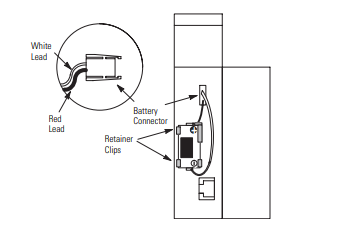
Install the Processor into the Chassis
Never install, remove, or wire any module while power is applied. Also, do not expose processor modules to surfaces or other areas that may typically hold an electrostatic discharge. Electrostatic discharge can damage integrated circuits or semiconductors if you touch backplane connector pins. If the equipment is not installed and used as described in the SLC 500 Modular Hardware Style User Manual, publication 1747-UM011, the protection provided by the equipment may be impaired.
Turn off power to the chassis where you will insert the processor. 2. Align the circuit board of the processor with the card guide of slot 0 in the 1746 chassis.
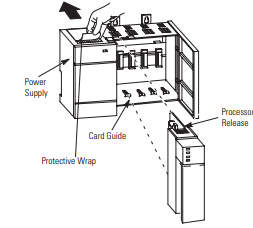
3. Gently slide the processor in until both the top and bottom retainer clips are
secured.
4. Remove the protective wrap after installing the processor.
Apply Power to the Processor
To apply power to the processor:
1. Energize the chassis power supply.
2. Check the chassis power supply and processor LEDs. The power LED on the
power supply should be on and the fault LED on the processor should be
flashing
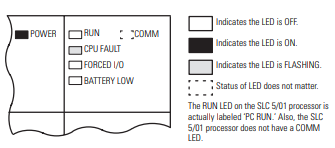
Load Your Software
Refer to the programming software documentation.
Establish Communications with the Processor
To establish communication with your processor:
1. Connect the 1747-PIC to the processor and your personal computer.
2. Set the communication parameters of the software to match the default
parameters of the processor:
• DH-485
• 19.2K baud
• Node Address = 1
Troubleshoot the Processor
Refer to the Troubleshooting chapter in the SLC 500 Modular Hardware Style User
Manual, publication 1747-UM011.
In addition refer to the SLC 500 Instruction Set Reference Manual, publication
1747-RM001. This manual contains explanations and examples for the entire
instruction set as well as for all status words and bits. It also contains explanations
for all possible fault codes found in status word S:6.
attery Storage
Store the lithium batteries in a cool, dry environment, typically +20° C to +25° C
(+68° F to +77° F) and 40% to 60% relative humidity.
Battery Transportation
One or Two Batteries
You can ship up to two batteries together within the United States without
restriction. Regulations governing shipment to or within other countries may differ.
Three or More Batteries
Procedures for the transportation of three or more batteries shipped together within
the United States are specified by the Department of Transportation (DOT) in the
Code of Federal Regulations, CFR49, “Transportation.” An exemption to these
regulations, DOT - E7052, covers the transport of certain hazardous materials
classified as flammable solids. This exemption authorizes transport of lithium
batteries by motor vehicle, rail freight, cargo vessel, and cargo-only aircraft,
providing certain conditions are met. Transport by passenger aircraft is not
permitted.
Shipment of depleted batteries for disposal may be subject to specific regulation of
the countries involved or to regulations endorsed by those countries, such as the
A Restricted Articles Regulations of the International Air Transport Association,
Geneva, Switzerland.
For disposal, batteries must be packaged and shipped in accordance with
transportation regulations, to a proper disposal site. The U.S. Department of
Transportation authorizes shipment of “Lithium batteries for disposal” by motor
vehicle only in regulation 173.1015 of CFR 49 (effective January 5, 1983). For
additional information contact:
U.S. Department of Transportation
Research and Special Programs Administration
400 Seventh Street, S.W.
Washington, D.C. 20590
Although the Environmental Protection Agency at this time has no regulations
specific to lithium batteries, the material contained may be considered toxic,
reactive, or corrosive. The person disposing of the material is responsible for any
hazard created in doing so. State and local regulations may exist regarding the
disposal of these materials.
For a lithium battery material safety data sheet, contact the manufacturer.
IMPORTANT Regulations for transportation of lithium batteries are periodically
revised.
ATTENTION Do not incinerate or dispose of lithium batteries in general trash
collection. Explosion or violent rupture is possible. Batteries
should be collected for disposal in a manner to prevent against
short circuiting, compacting, or destruction of case integrity and
hermetic seal.
Rockwell Automation Support
Rockwell Automation provides technical information on the web to assist you in
using its products. At http://support.rockwellautomation.com, you can find
technical manuals, a knowledge base of FAQs, technical and application notes,
sample code and links to software service packs, and a MySupport feature that you
can customize to make the best use of these tools.
For an additional level of technical phone support for installation, configuration and
troubleshooting, we offer TechConnect Support programs. For more information,
contact your local distributor or Rockwell Automation representative, or visit
http://support.rockwellautomation.com.
Installation Assistance
If you experience a problem with a hardware module within the first 24 hours of
installation, please review the information that's contained in this manual. You can
also contact a special Customer Support number for initial help in getting your
module up and running:
New Product Satisfaction Return
Rockwell tests all of its products to ensure that they are fully operational when
shipped from the manufacturing facility. However, if your product is not
functioning and needs to be returned:
Allen-Bradley, Rockwell Automation, TechConnect, SLC, SLC 500, and RSLogix 500 are trademarks of Rockwell Automation,
Inc.
Trademarks not belonging to Rockwell Automation are the property of their respective companies.
United States 1.440.646.3434
Monday – Friday, 8am – 5pm EST
Outside United
States
Please contact your local Rockwell Automation representative for any
technical support issues.













































.jpg)
.jpg)
.jpg)





.jpg)



.png)
.jpg)

.jpg)
_lVjBYb.jpg)

.jpg)
.jpg)



.jpg)
.jpg)





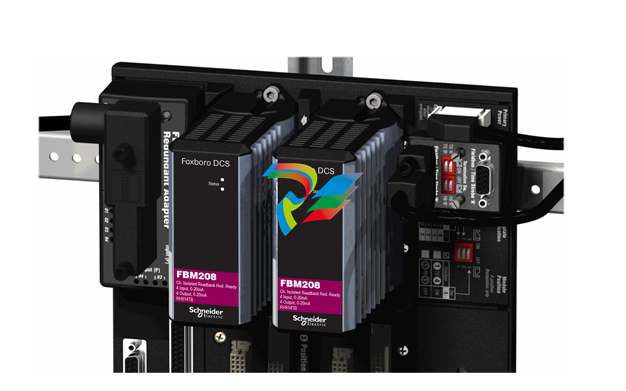
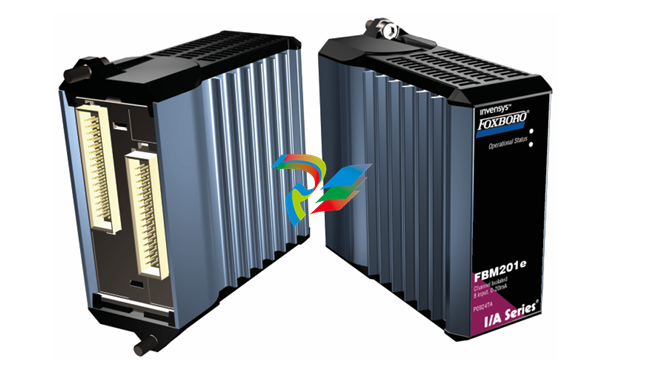
.jpg)
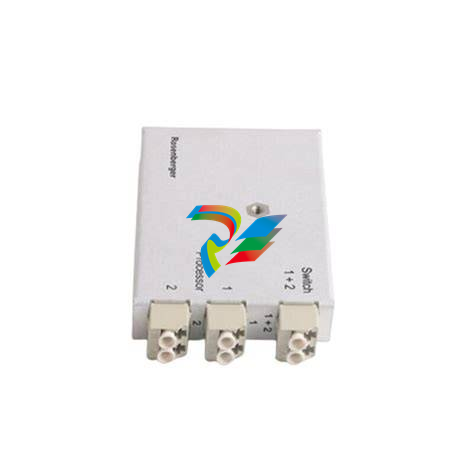
.jpg)
.jpg)
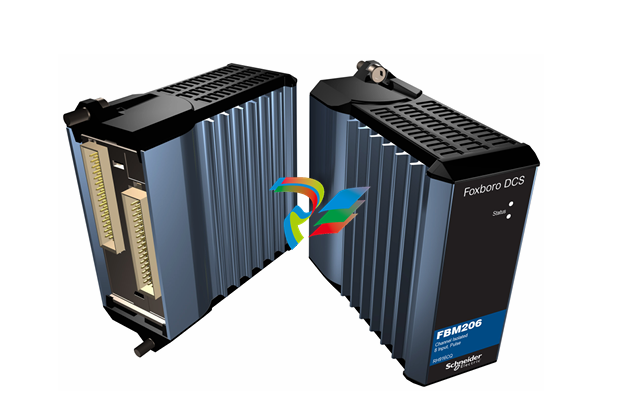
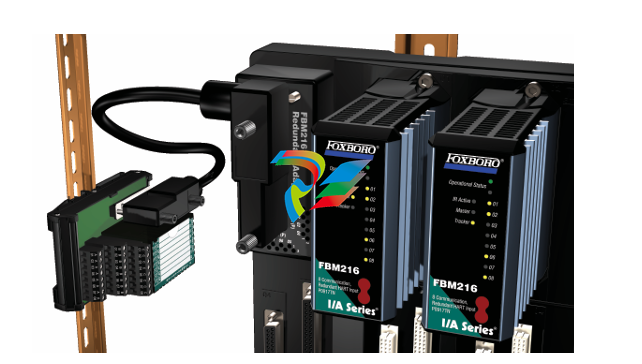
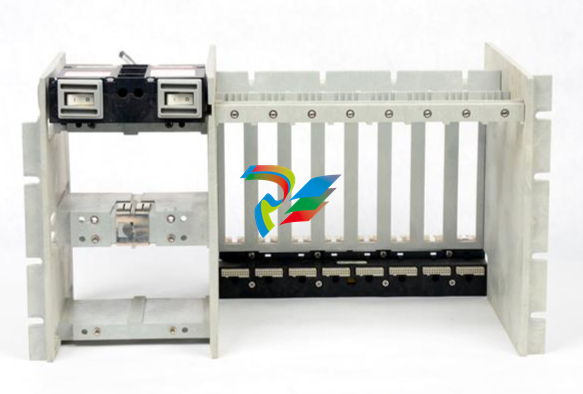
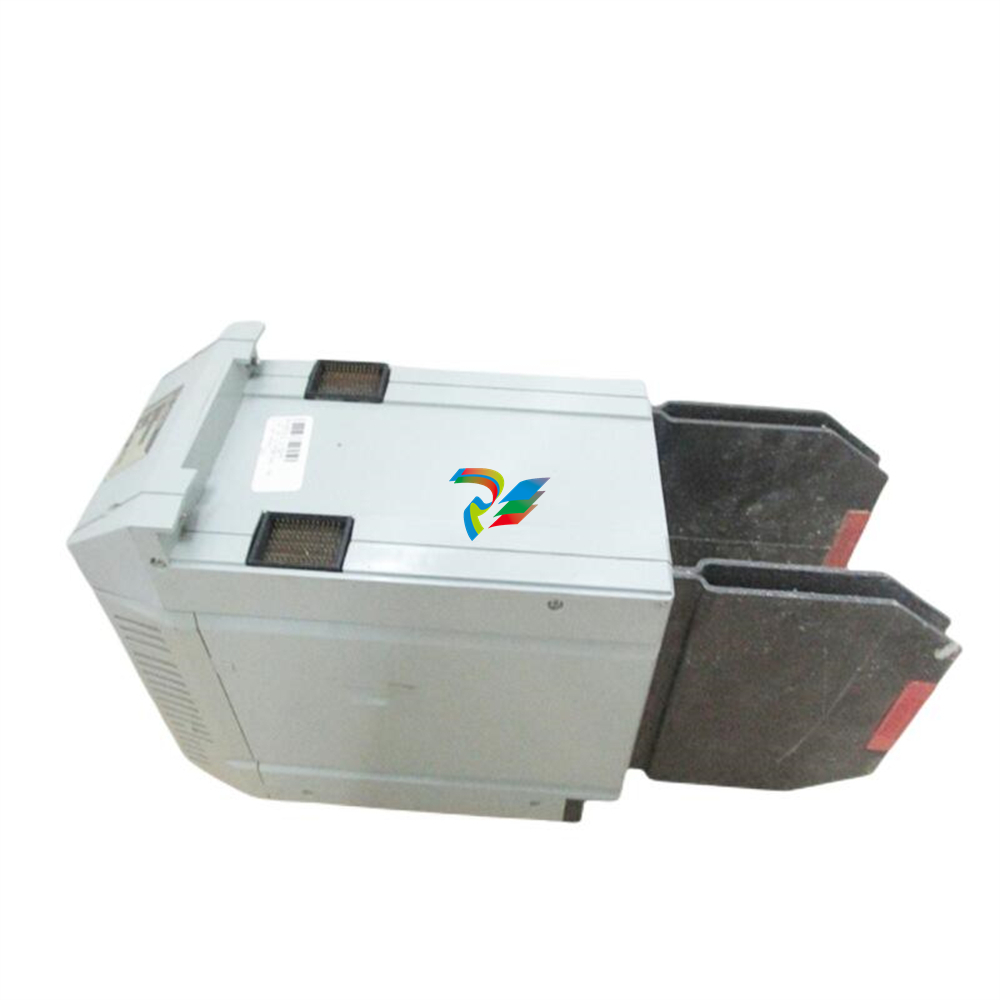
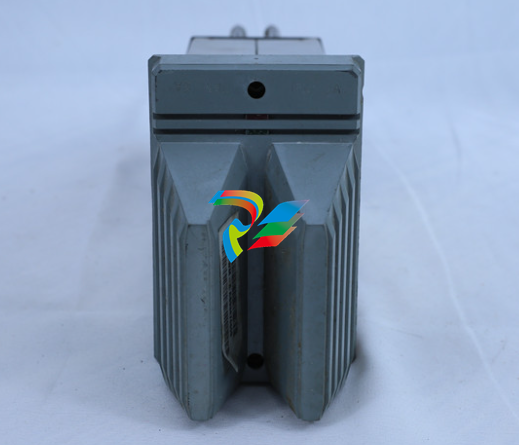
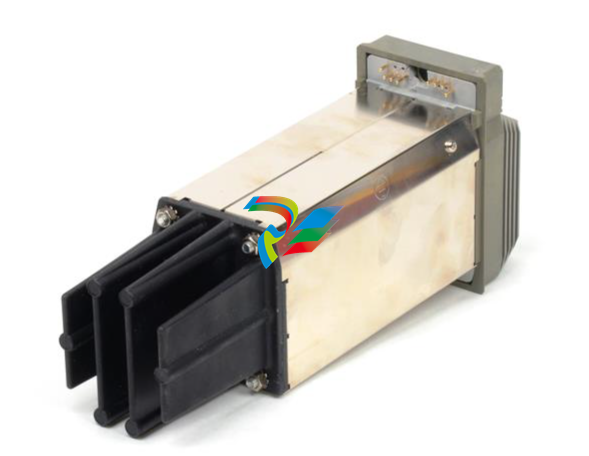
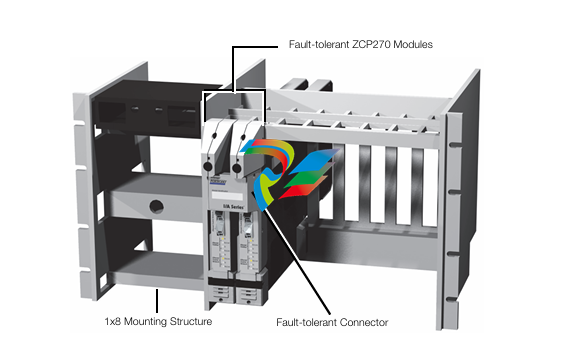
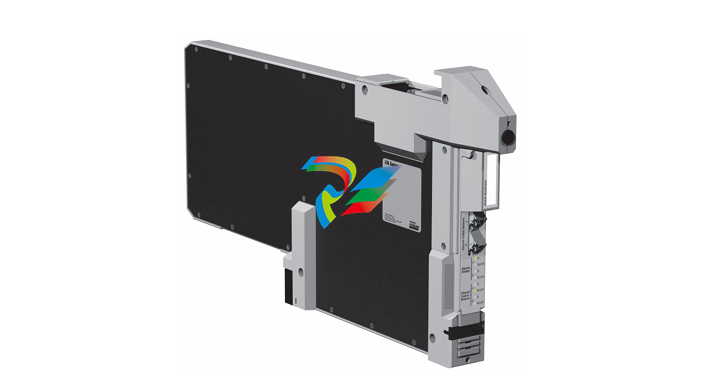
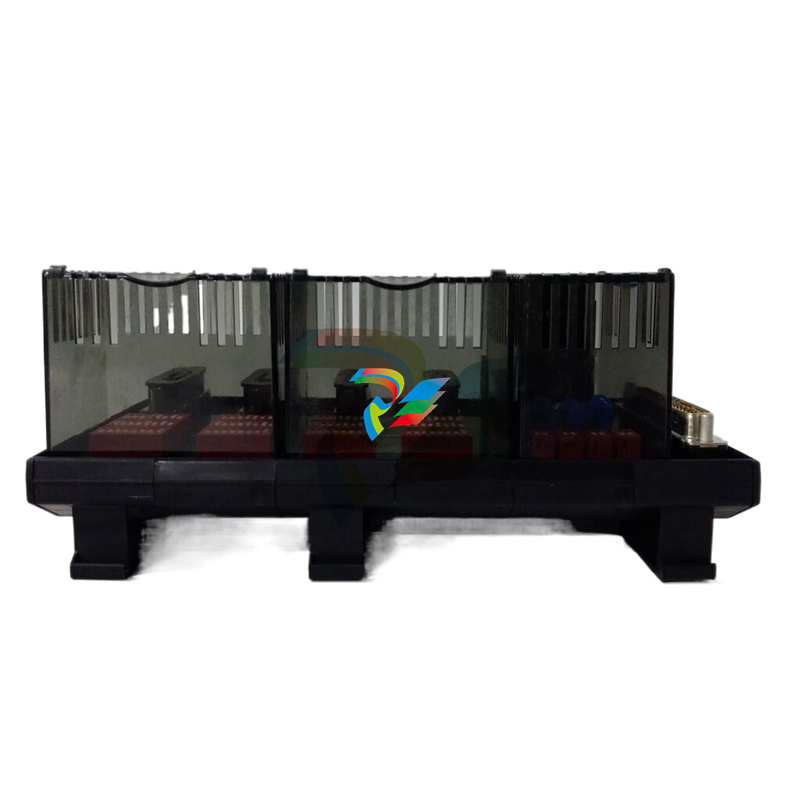
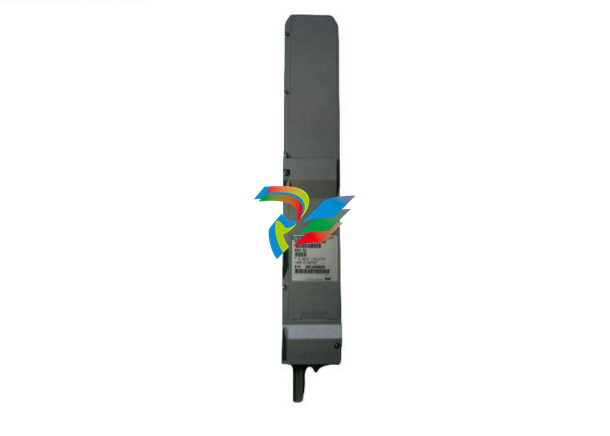
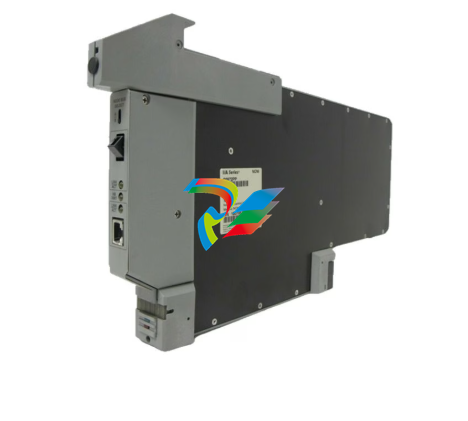
.jpg)
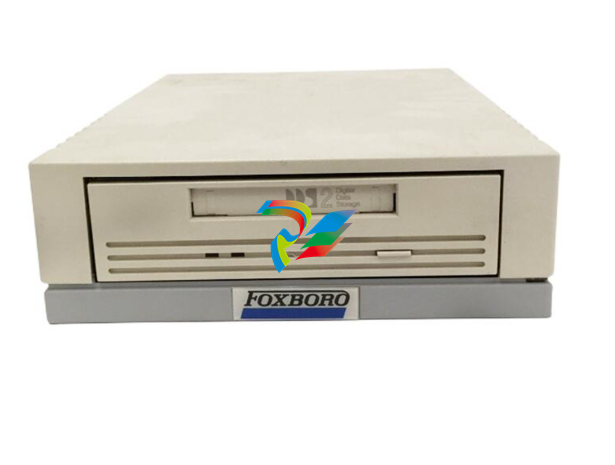
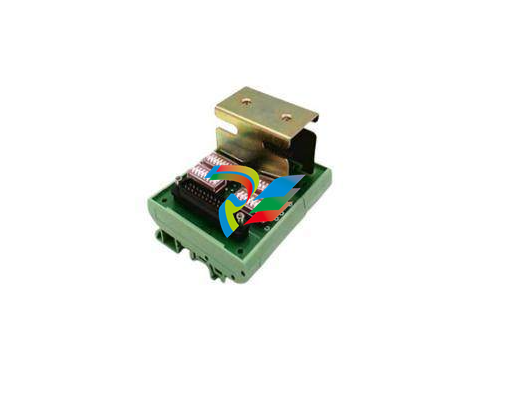
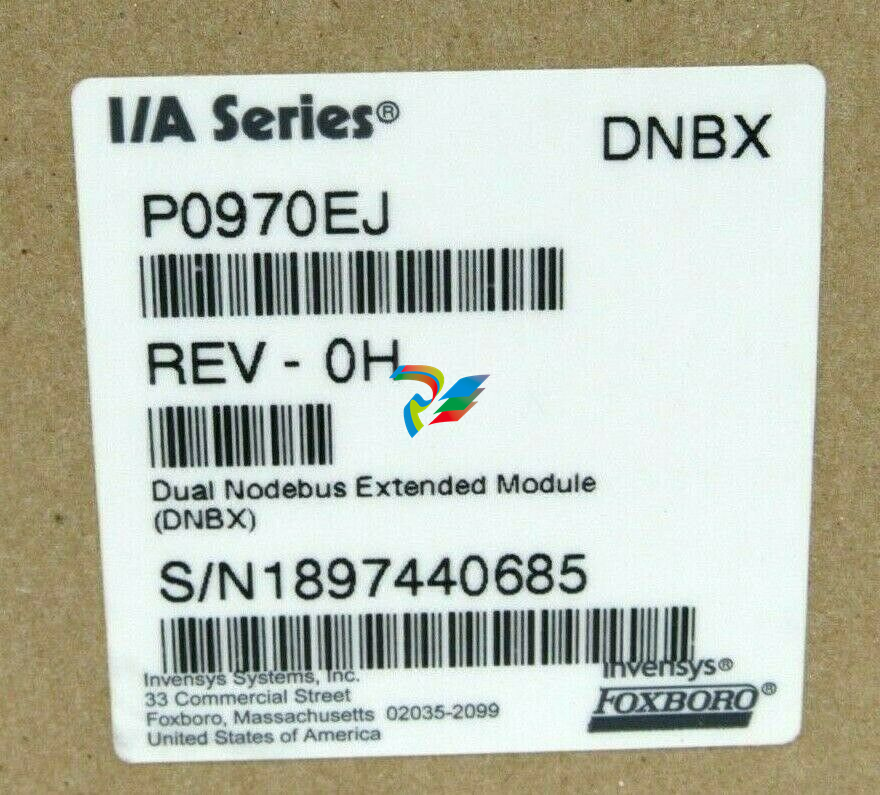
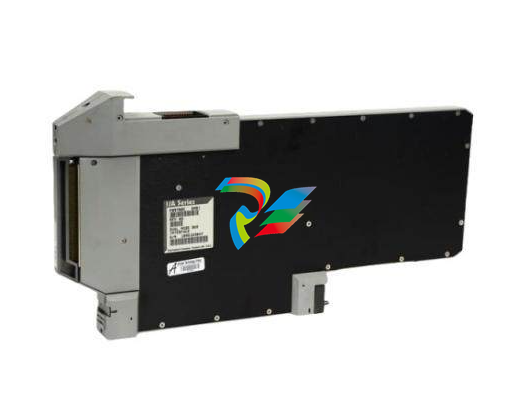
.jpg)
.jpg)
.jpg)
.jpg)
.jpg)
.jpg)
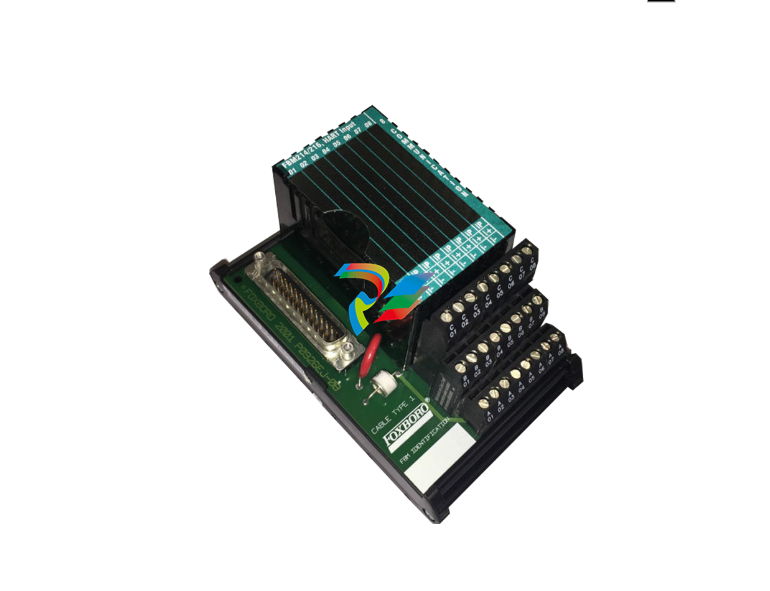
.jpg)
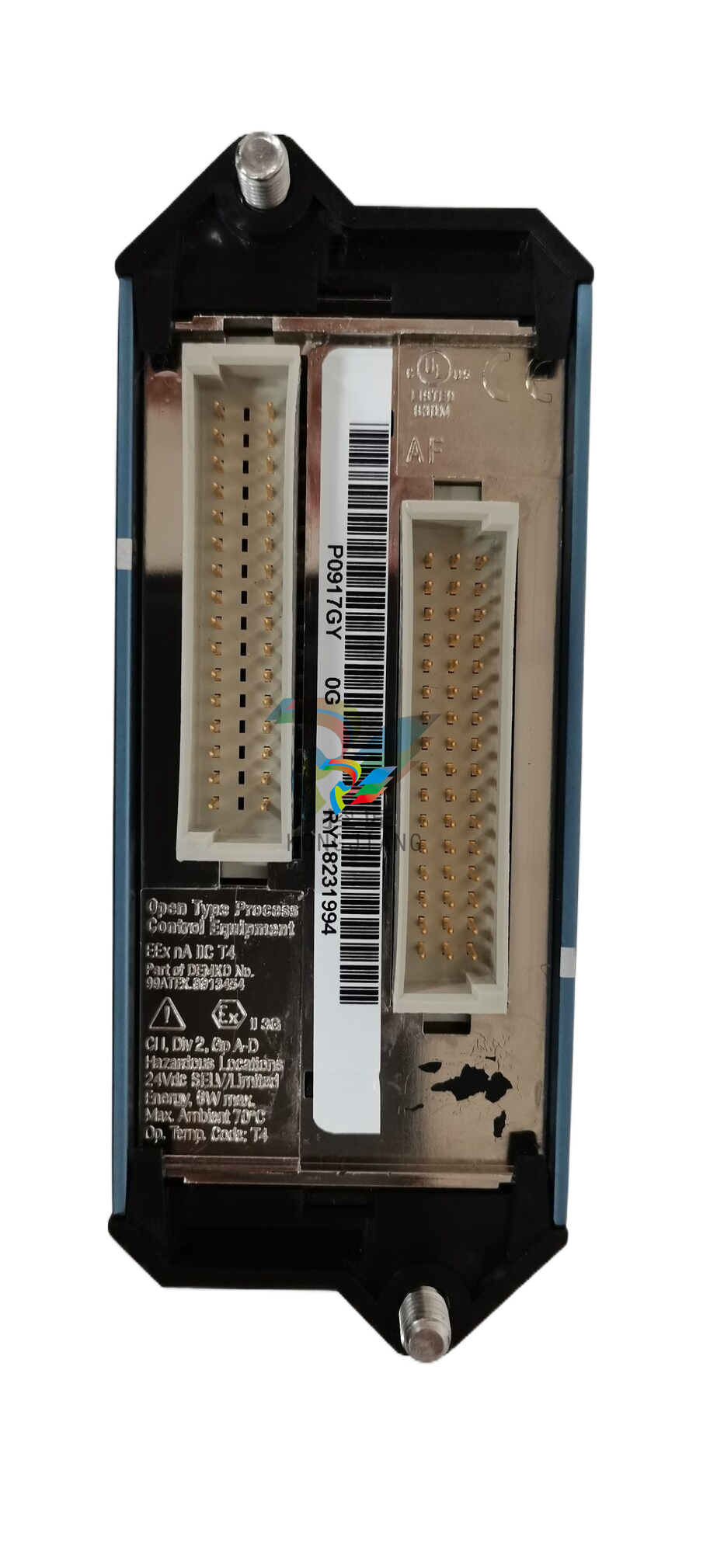
.jpg)
.jpg)
.jpg)
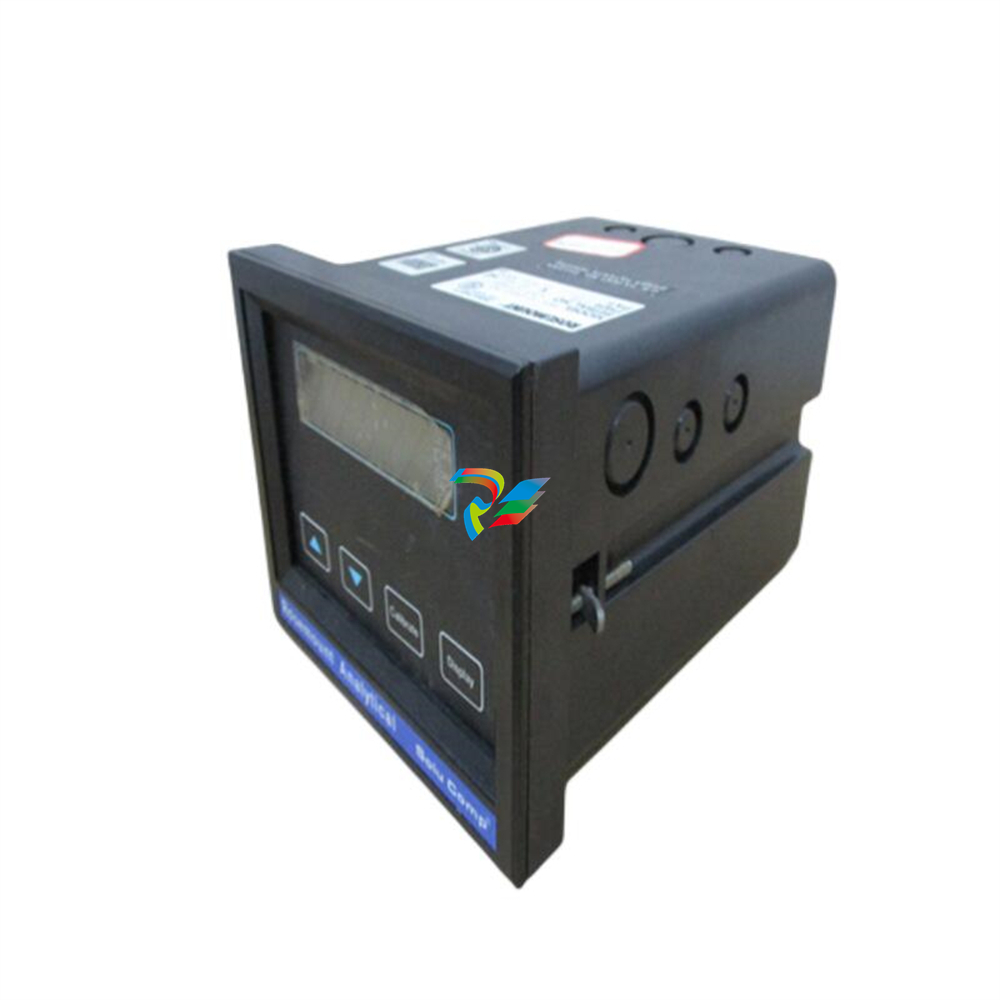
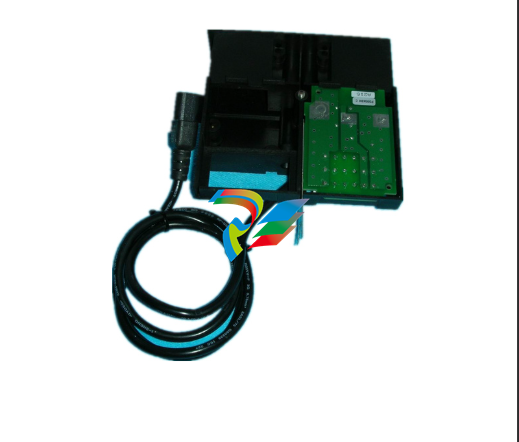
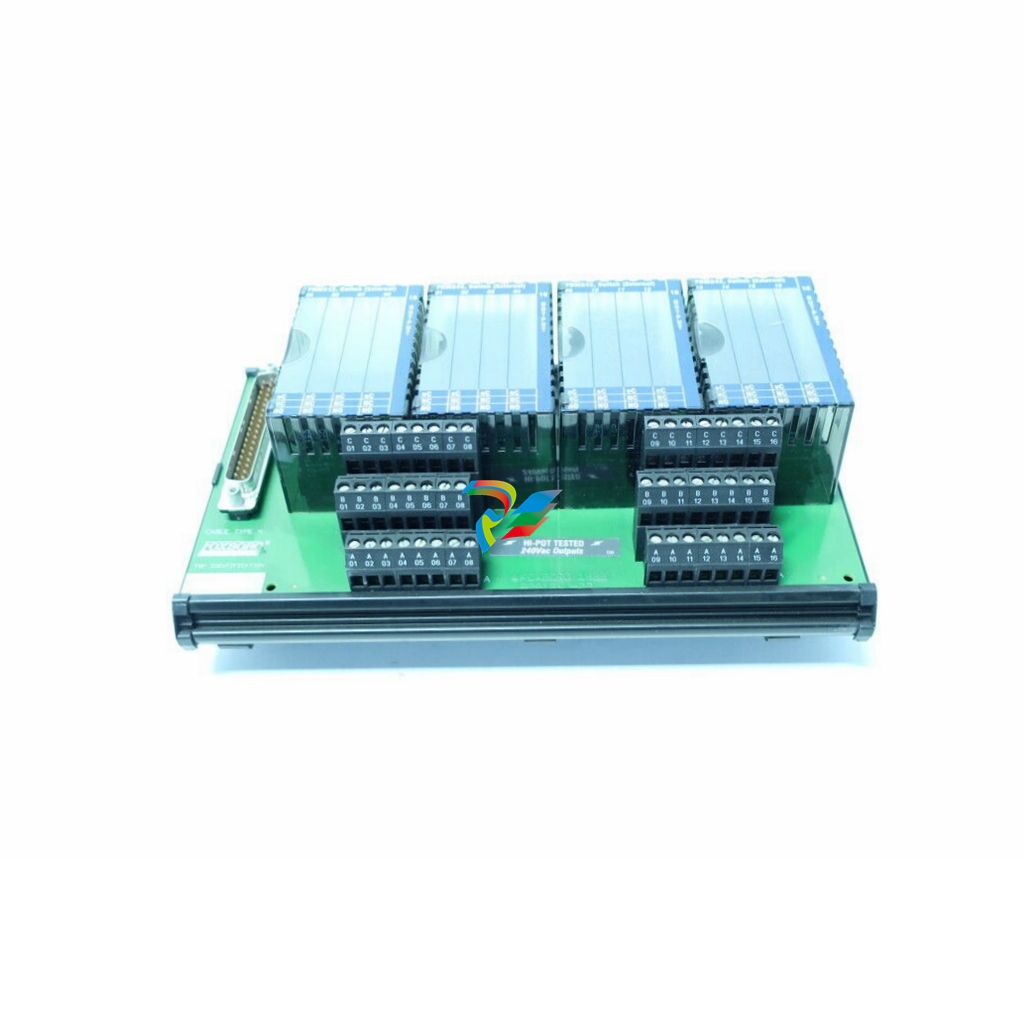
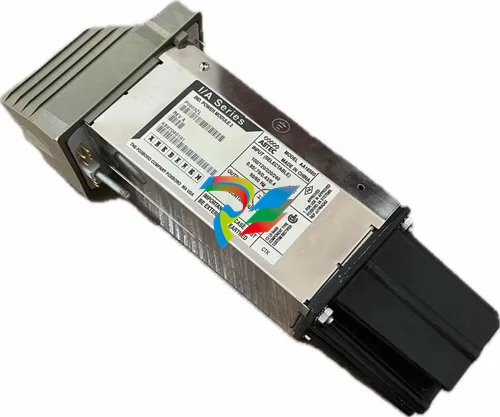
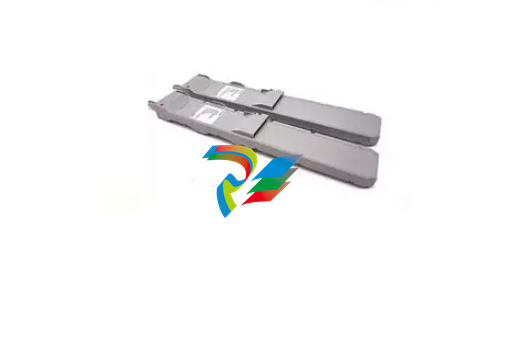
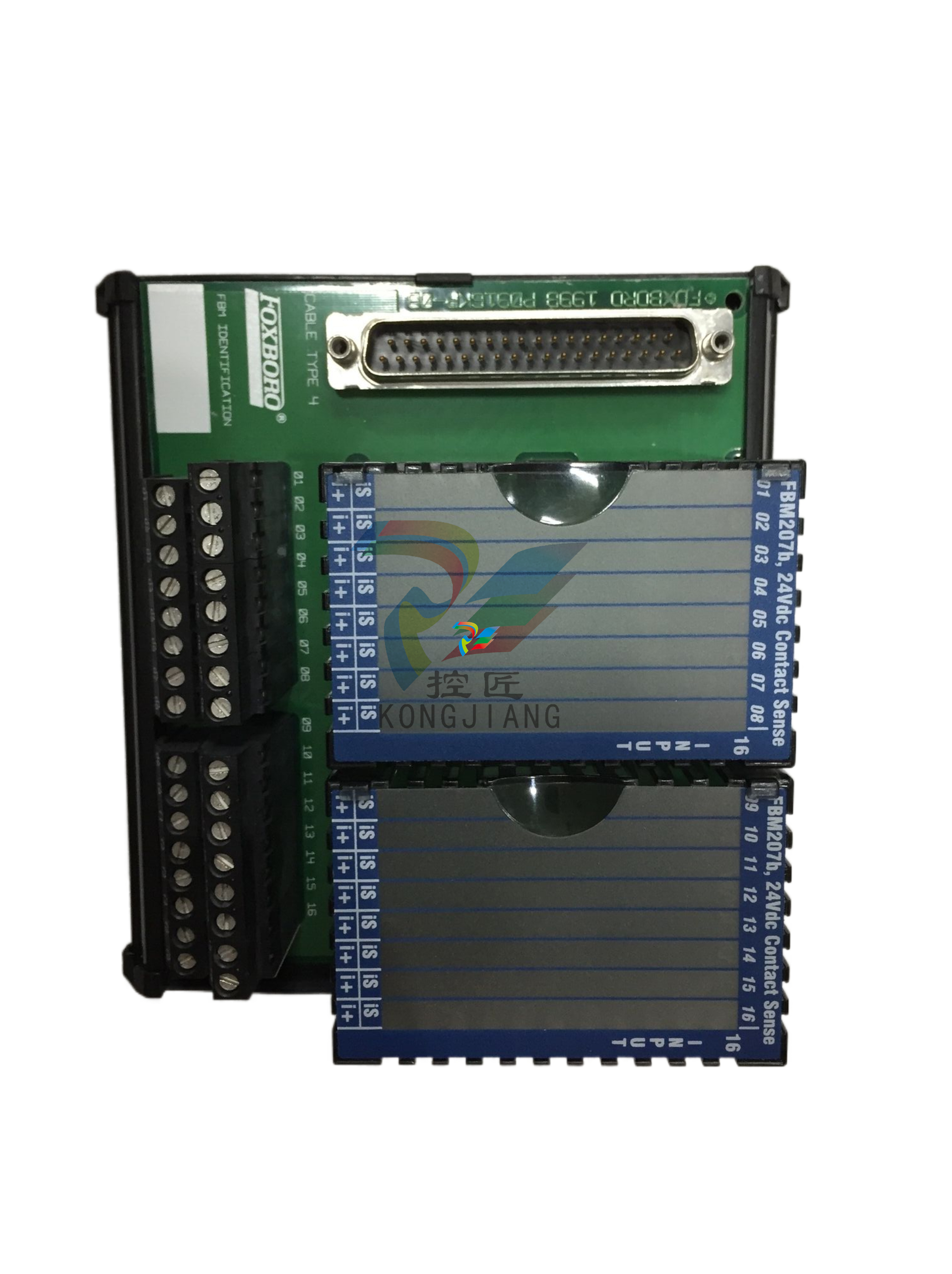
.jpg)
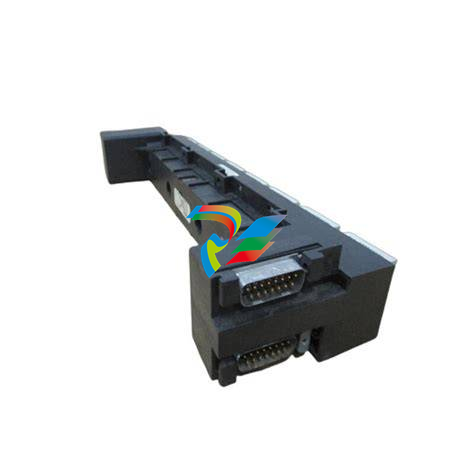
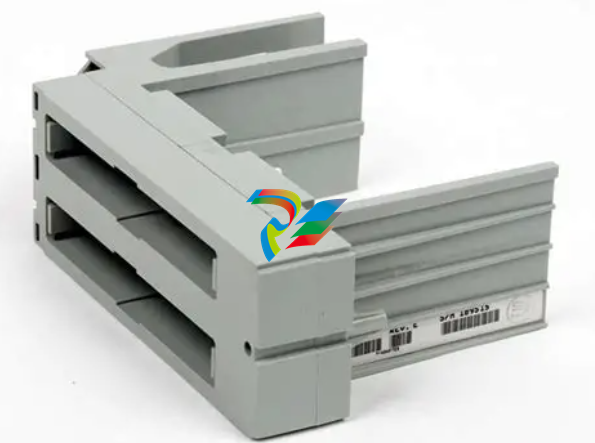
.jpg)
